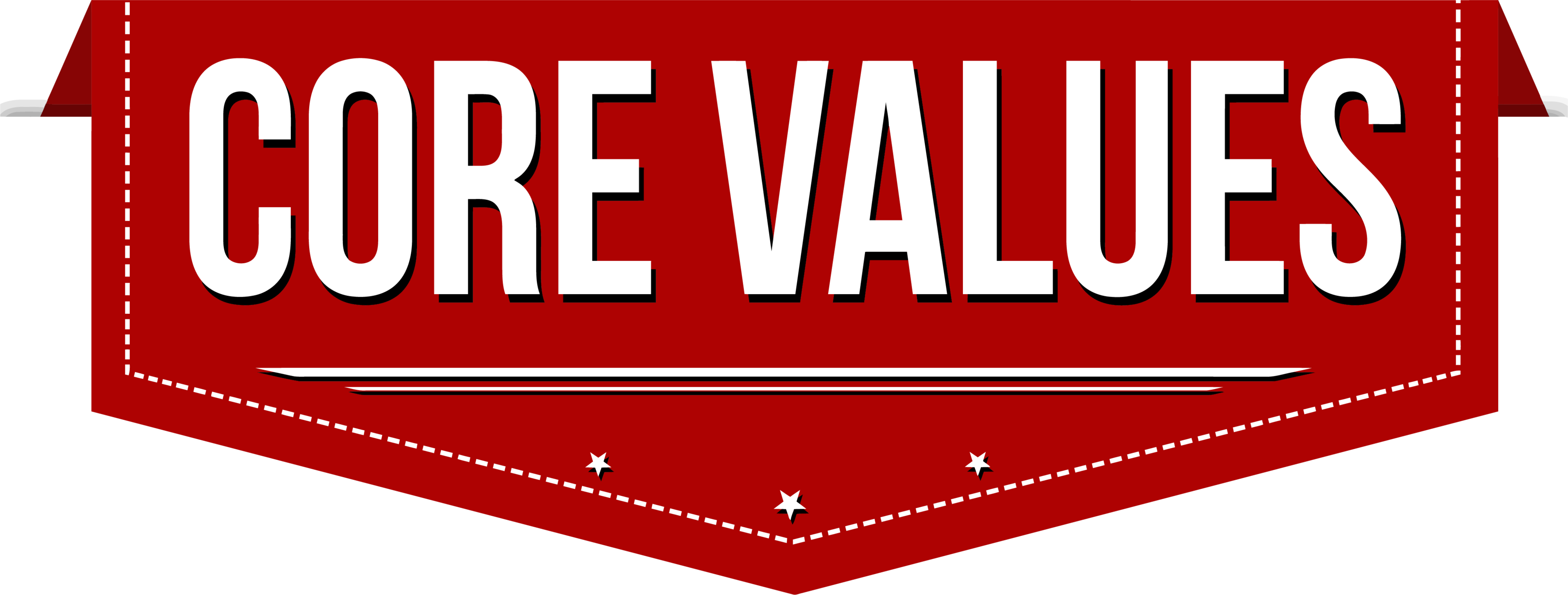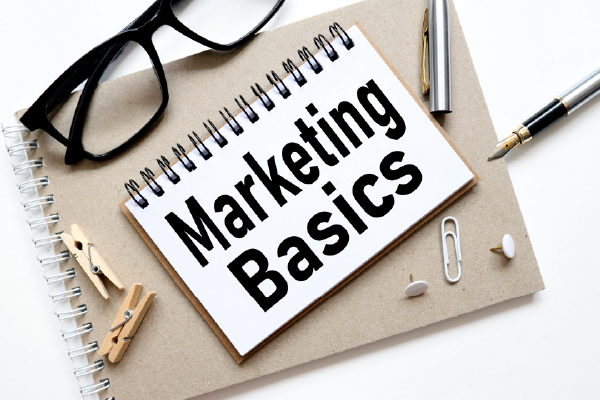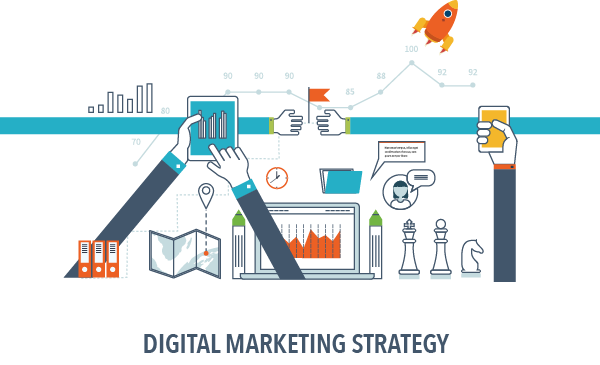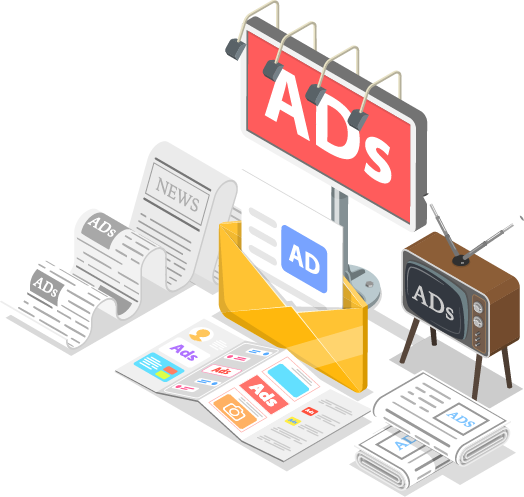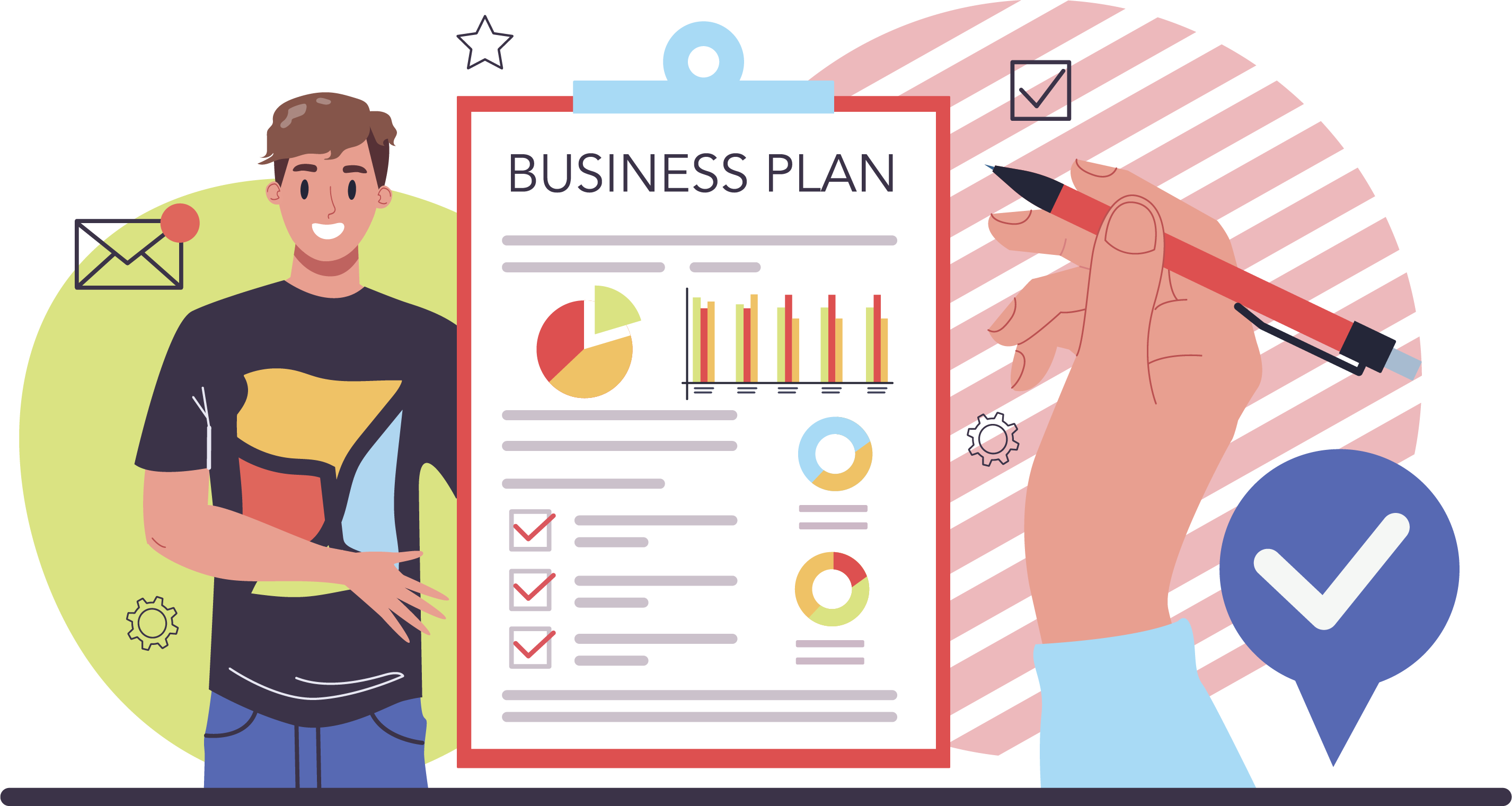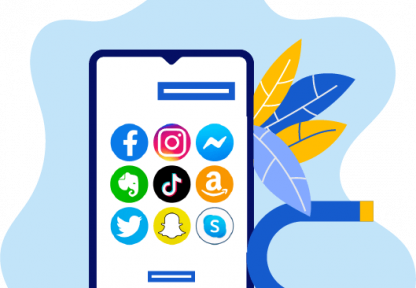Your Extraordinary Guide to Superb Marketing Strategies
All you need is here including digital marketing strategy, marketing activity, tips, techniques and clear goal setting in this piece.
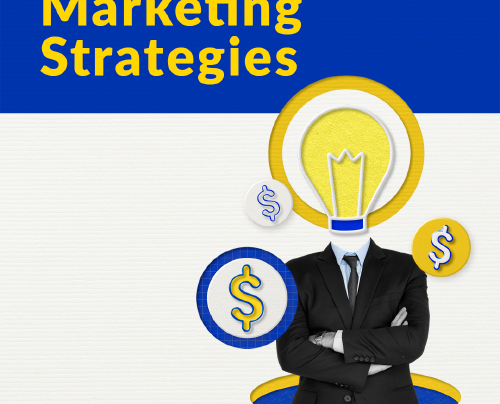
Building a company marketing strategy for your online business needn’t be a challenge. In this guide we’ve included everything you need to know about creating an outstanding online marketing strategy, complete with all the marketing activity you need for your marketing efforts. We also have some expert tips, techniques for applying your inbound marketing strategy, staying relevant in a competitive environment and most important of all – clear goal setting for a sustainable competitive advantage.
You Need Strategic Planning To Make It Happen!
Let’s get started and ramp up your visibility with marketing initiatives. Strategic planning helps you to reach prospective consumers and turn them into customers interested in buying which is the best way to increase sales!
No matter what your goal is, you need strategic planning to make it happen. This is especially true when it comes to increasing your followers for Instagram. First, you need to identify your target audience.
Online Marketing Strategy
These days most business’ inbound marketing strategy (your value proposition) refers to employing digital methods – or online methods to give you a sustainable competitive advantage.
Why Is That?
That’s easy to answer. Most consumers and businesses use online every day – even if you DON’T have an expressly online business, you will still need online presence as most people will search your business before deciding whether or not to use you. They use their mobiles and their desktops – and it doesn’t matter if they’re on the go because they can quickly Google your business (or use another search engine).
If you’re not visible, you are definitely losing out and if you are visible, creating an online digital company marketing strategy will help you gain even more customers. Don’t just rely on existing customers, you need digital presence.
The truth is that most businesses are online, whether service, B2B, or B2C – you need to be online, so if you’re not. Set yourself up online with a website first and then move onto social media marketing to give you a sustainable competitive advantage.
Your job is to know that you’re getting your product or service in front of your potential customers and to widen your target audience, using social media marketing. You also need to understand how your potential customers behave when they view your posts.
The online landscape continues to grow and evolve and using it properly gives you a sustainable competitive advantage. Without doubt it’s overwhelming when thinking about how to market your products or services. That is why an online company marketing strategy will help you to leverage your business, grow your online presence and reach even more customers as well as gain a sustainable competitive advantage.
This guide is there to help you to do all of the above. To understand what makes a great online marketing strategy, to know your marketing position and to get to know all of the different types of marketing tactics there are to apply to your company marketing strategy.
Within this guide, we have also included a broad selection of excellent tried, tested, and tested successful marketing strategies that work to give you a sustainable competitive advantage.
To start with, we invite you to read on to find out more about online marketing strategies for your brand or business and how to identify key market trends.
What About Marketing Budgets?
Don’t worry about marketing budget, even if you have a very low marketing spend, you can still build a successful marketing campaign. Obviously, if you have more money to spend, you can build a bigger, better marketing campaign but you can still start small.
there are some general guidelines that can help businesses to allocate their marketing budgets. For example, businesses should consider spending a larger portion of their budget on online marketing tactics such as buy real Instagram likes , as they are often more cost-effective than traditional offline methods such as print advertising.
Let’s dive straight in!
Understanding What a Marketing Strategy Is
First things first and that is to truly understand what an effective marketing strategy is – because you’ve likely heard the term before. If you think you know, don’t skip this section as it’s always a good idea to recap and in doing so, will help you gain a sustainable competitive advantage.
It’s a Business’s Marketing Plan to Gain Visibility and Grow Your Existing Customer Base
A marketing strategy, for any business or service in any sector, is a marketing plan to reach a marketing goal.
What You Do Well, What You Don’t Do As Well and Areas of Opportunity
It covers off what you already do well as a business in terms of your marketing efforts. It also covers off what you don’t do as well and identifies areas of opportunities or gaps in the marketplace.
The next role of an inbound marketing strategy is to clearly detail and lay out in a document format what you are going to do to achieve more interest, convert that interest into paying customers and therefore deliver more revenue for your business or brand. You get there applying different marketing strategies to each goal.
What About Marketing Tactics?
This lesser-known term that is still widely talked about in marketing teams often gets confused with the best marketing strategies.
There’s no doubt that marketing is important for businesses of all sizes. But with so many different marketing channels and tactics out there, it can be difficult to know where to start. If you’re looking to get more views on your Instagram account, and you dont know how to get more views on Instagram there are a few things you can do.. Let’s first explore the difference.
The Difference Between Marketing Tactics and Marketing Values
Put simply, marketing strategies are where your business or brand is going – so it’s where your destination is and what will give you a sustainable competitive advantage.
Marketing tactics are the STEPS that you are going to take to reach your destination. Sometimes, marketing tactics are referred to as marketing activities for that important sustainable competitive advantage.
The Three Core Elements Involved in Marketing Strategies
Let’s jump back to marketing strategies and the three core elements involved in marketing strategies, which are as follows:
- Diagnosing your business or brand’s challenges.
- How you are going to deal with those challenges.
- The actions you need to put into place to accomplish the end goal.
Why Business Size is Important
Your marketing strategies will always depend on the size of your business. The bigger your business, the more strategies you will need to apply.
If you run a small business or a start-up, you might just choose two or three different marketing tactics as part of your marketing strategy to start with, moving on with more activities (or tactics) to introduce at a later date, as you begin to achieve each goal, thus achieving a sustainable competitive advantage.
The Basics of Marketing
There’s no one-size-fits-all answer to the question of how to get real Instagram followers. However, there are a few basic principles of marketing that can help you get started.
Before we move on to developing and implementing a marketing strategy, we should discuss some of the basics you need to understand for effective online (or digital) marketing. These basics should form a part of your inbound marketing strategy.
We would recommend the following ingredients as essential to your marketing success:
- Creating your online blog.
- Ad campaigns on different mediums such as social media channels or Google (and other search engines).
- Advertising on social media platforms.
- Producing free educational resources that are downloadable.
- Performing SEO (search engine optimization) for all online content.
- Running a competition or a giveaway.
- Utilizing an online seminar (webinar).
- Producing a podcast (audio).
- Trying out different types of marketing campaigns.
- Creating email marketing campaigns.
That list is not exhaustive – but it’s a start!
Digital Marketing Strategies
Ah – wait – what about digital marketing strategies? What’s the difference between a digital marketing strategy and a marketing strategy? Understanding this will help with your sustainable competitive advantage.
We will tell you.
The term Marketing Strategy is an umbrella term and there are different marketing channels. Underneath that, if you run an offline business that’s online as well, you will have two arms and if you run an online business that doesn’t do everything online you might also adopt some offline marketing strategies. One arm will be for marketing strategies (offline) and one will be for digital marketing campaigns (online).
As we have already mentioned, every offline business should have an online presence to maximize opportunity and give you a sustainable competitive advantage.
Meet Your Digital Goals!
An online marketing strategy will help you to meet your digital goals using key brand messaging. Whereas offline marketing involves everything that doesn’t apply to online.
Are you trying to boost your online presence? Looking for a way to get more followers and likes on Instagram? Then you need to buy Instagram likes! By buying likes, you’re buying yourself the opportunity to be seen by more people, which will inevitably lead to more followers and engagement
So – let’s give you some examples:
Examples of Offline Marketing
Here are some examples of offline marketing:
- TV.
- Radio.
- Newspaper.
- Billboards.
- Mail outs.
- Leaflets.
- Brochures.
- Catalogs.
Examples of Online Marketing
Here are some examples of online marketing:
- Search engine advertising (paid advertising) – such as Google Pay Per Click.
- Search engine optimization.
- Social media.
- Social media advertising.
- Online press releases.
- Blogging.
- Podcasts.
Neither of those lists are exhaustive but they give you some examples of online and offline marketing.
Now you are clued up on what an inbound marketing strategy is, marketing tactics and marketing tactics (and the difference – none!), examples of online marketing, offline marketing and why every business, regardless of size, sector or whether they’re online or offline NEEDS digital marketing. Let’s move forwards.
Creating a Digital Marketing Campaign
Firstly, you need to focus on what type of marketing you want to do online and what your goals are then you can move onto marketing tactics.
What Do You Want to Achieve?
For example, do you want to improve your outreach through social media? Do you want to grow your social networking presence? Perhaps you want to drive more organic traffic to your website or improve your visibility on Google or other search engine – or all of them?
All of these are digital marketing strategies and therefore fall under the digital marketing strategies’ umbrella.
Identify Your Target Audience
To formulate your online marketing strategy, first, you need to identify your target audience and the best way to do this is to build a buyer persona, especially if you have a niche market. Let’s explain how to do this in our next section so you know how to reach your target markets properly.
Building Your Buyer Persona
Your online marketing strategy won’t work unless you know EXACTLY who your buying persona is, they are your target market after all and your market segments.
How To Build Your Buyer Personas
Here’s how to do it:
Start by writing a list of you who think your buyer is. Ask yourself some questions:
- How old is your ideal buyer – and give yourself an age range, for example, 18 to 30, 40 to 55 etc. You choose, there are no rules!
- Where does your buyer live? In a house, in an apartment, in a rental? Do they own their own home? Do they still live at home with mom and dad?
- What area does your buyer live in – that could be as small as your local village or as large as the whole country and beyond, if you run a global business for example.
- What do they like to do for a hobby? So, are they sporty? Do they like to cook or eat out or vacation?
- Where do they vacation?
- What is their gender?
If you are unsure, you can always interview some different people and conduct your own market research to see if they fit with your business or brand. Real data is always best.
Now – this is very important. Your market research most likely will end up with more than one buyer persona. This is absolutely fine because most businesses do not have one, very specific customer.
Give your buyer personas different names – be as fun as you want! Lots of big companies who are market leaders, name them as people’s names.
Now you know what a buyer persona is, create yours with or without market research before moving onto the next step – your marketing values.
What are Your Marketing Values and What Tools Do You Need?
Your next task is to identify your marketing values and the tools that you will need to achieve each one of them.
Your Marketing Values Should Reflect Your Overall Business Goals
It is very important that your marketing values always reflect your overall business goals. As an example, if you want to increase your revenue online by 15%, then your marketing team (don’t worry if you don’t have a marketing team – most small businesses and start-ups don’t) might be asked to generate 25% more leads to help reach that 15% target.
Make a List of Your Goals
List your goals. They might be one of the following, or two, or all.
- To grow your social network presence by 15% in three months.
- To generate more Pay Per Click and increase your sales by at least 10% over three months.
- To create an online customer services channel through WhatsApp and publicize it.
- To create an online loyalty scheme.
These are ONLY examples of marketing goals.
Before you move on, you should conduct an analysis of your existing online channels, which we will discuss next.
Revisit All of Your Online Channels
Do an in-depth analysis of your existing online channels and see which are working well for you and which are not.
Identify the Online Channels You’re NOT Using
You might even decide to deactivate one or two, so you focus on those that do work well for you. You should list the channels you’re not using as well, because there maybe untapped opportunity there.
Your Online Channels Don’t Just Relate To Your Social Media
Your channels relate to more than just your social media. They could be listings in directories, your blog, your website, your email marketing or others. Ask yourself which work well and which don’t work well – as well as which should work well.
Use Insights
You should always have figures to back-up your analysis and to report success. If you haven’t used figures before, make that one of your overall strategies – to gain insights into all of the activity you perform, to help you assess what works and what doesn’t – and where you need to improve. It could be your blog, your website, your email marketing. Which work well, which don’t work well, and which should work well?
What Paid Activity Do You Use?
Additionally, spend time looking at any paid activity that you use. For example, do you already use Google AdWords? Do you already pay for social network posts? Do you perform online advertising, or anything else that you pay for? Ask yourself how well each has worked for you and what you want to abandon and what you want to continue doing?
What About Online Content Marketing?
Now let’s talk online content marketing – anything that you’ve written online relating to your business, usually your website and your blog (if you have one). Maybe an eBook if you have written one of these.
Revisit Your Online Content
Next, audit your existing content and see what’s performing well for you. There are lots of questions to ask yourself:
- Have you written an eBook?
- How many people have downloaded it – even more importantly, how many have gone on to buy something from that eBook by clicking through into your website?
- Do you keep a blog?
- How often do you update it?
- How many people read it?
- What about your actual blog posts?
- Does the content need revisiting?
- Are your keywords in your content?
- Is there something you should be doing that you’re not?
- Do you need to change up your web content because it hasn’t altered for some years?
Content should always be a part of your digital marketing strategies.
When you’ve identified the gaps, create a content creation plan which should outline all the content that you need to move forward with your marketing plan. We would suggest your plan contains the following information for each piece of content:
- The format you wish to use (blog, eBook, web content etc).
- The title.
- The goal you want to achieve.
- Where you’re going to promote your content.
- The reason you’re creating the content.
- How high a priority is the content?
- What’s your budget (for example, are you outsourcing the content?)
Planning Your Earned Media
What is earned media, don’t get confused between owned media. It is ANY media (online and offline) that has been written about your brand or business that was not paid for. It could be a mention in a blog, or social media posts on an Influencer’s social network account, in a press release or any piece of content that someone’s written about you.
It also relates to articles you’ve written, and other people have shared.
Evaluate Previous Marketing Strategies
For earned media, you need to evaluate previous marketing strategies against your current marketing goals to see where you need to spend your focus time.
Rank Any Earned Media
Ask yourself where your traffic comes from and rank any earned media from best performing to least performing. As an example, perhaps you wrote a contributing article to the press involving your industry and it created lots of traffic on your website, some of which converted potential customers into the holy grail – paying, exiting customers?
Or you may have posted an article on LinkedIn and your followers shared it which increased website traffic? By finding out what has already worked for you means you can use similar activities to grow your business more. Those earned media pieces that didn’t work for you, work out why and if there’s no reason to use these again in the future, ditch them!
Paid Media Campaigns
This is similar to the above, except it involves evaluating existing paid media that you’ve used to grow your online presence. This might be something like using Google AdWords, Facebook ads, Twitter ads etc.
What worked well for you?
When you have worked that out, you can apply it to your new set of marketing goals.
Let’s use an example.
Maybe you have used Google AdWords, but you didn’t get the result you wanted. Ask yourself, will you continue? It might be that you used the wrong keywords or need to re-visit your campaign. Or – maybe you decide to pause your Google AdWords and come back to it at a later date (we would suggest that is a good idea, AdWords SHOULD work). Or, you might just decide you want to consider other methods that are similar, but still different and yields better results.
Once you’ve completed your analysis, you’ll have a clear picture of what you want to do marketing wise going forwards and what activities you want to remove from your marketing strategies.
Bringing It All Together
Once you have completed all of the above, you need to bring everything together and build your marketing strategy.
Your Marketing Plan Document
You will use a marketing plan document which will detail all of the actions you are going to take over the coming 3, 6 or 12 months. The document will also detail what you are going to do to achieve those goals, and how you are going to do it.
Don’t Overcomplicate Your Marketing Plan Document
It can be as detailed as you want. However, keeping it brief will make for a much easier read, especially as you will use this document as your reference document.
We would suggest a brief overview of each activity – you can go into detail on a separate document for each activity.
Use Free Marketing Plan Templates Available Online
So now you know what type of document will keep it all in one place, you need to create it and to start with, we would suggest developing a marketing plan template, a documented marketing strategy. There are lots of FREE marketing plan marketing automation templates online to help you. You can tweak these templates to make your marketing plan document align with your business’ marketing needs.
Create a Template
As we have already mentioned. There are lots of marketing plan templates you can use that are available online. Some are free, some are paid for. Simply choose the one you like the look of (keep it as simple as possible if you’ve never completed one of these types of documents before) and download it.
Downloadable Marketing Plan Template
Here’s a marketing plan marketing automation template that we recommend you to download: https://offers.hubspot.com/marketing-plan-template?hubs_post-cta=imagebottom&hubs_post=blog.hubspot.com%2Fmarketing%2Fdigital-strategy-guide.
Using this marketing plan template (or any other type) you will put in what you want to do each month. Here is an example:
- In January, you’ll start a blog that you’ll update every fortnight with new content, and you will publicize your blog across all of your online channels.
- In February, you’ll create an online social media campaign to work across your different social platforms.
- In March, you will explore other potential social media networks that you have never used before.
- In April, you’ll send out a series of emails about new product launches with discount codes to encourage customers to buy.
- In May, you’ll run an exclusive offer for two weeks, perhaps for your top 100 customers only so it is genuinely exclusive, you need to give customers value.
- In June you’ll work on building up your likes for Instagram across multiple posts to improve your visibility on this social media network.
- In July you’ll work on your social media video, such as where to buy Instagram Reel views and promote different products or services developing a series of LIVES.
- In August you will run a competitive analysis to see what your competition does in terms of marketing. You will be able to cherry pick ideas and identify areas that you could home in on for your business or brand.
And so on…
Final Words on Effective Marketing Strategies
We hope that the above has helped you to understand more about marketing strategies and what you need to do to develop one for your business or brand using effective marketing techniques.
Take It Slow and Piece It All Together
It is not as complicated as you perhaps thought but take it slowly and piece it together. That will help you to stay on top of all of your marketing activity and get to grips with what works for you (and what doesn’t) as well as identify areas of opportunity.
In Summary
In summary, every business and brand should have carefully thought out but manageable marketing strategies. In doing so, you will have a clear view of what you want to do to build up your brand or business awareness across all of your online channels (and offline too if you want to use those areas).
Remember, marketing strategies evolve, and nothing is set in stone. It is a plan so it can change. You should revisit your content marketing strategy and marketing mix every month to identify the areas where you haven’t focussed enough energy. For example, perhaps you haven’t spent enough time finding out how to get more followers on Instagram? Or you haven’t yet tried that Google AdWords campaign that you were meant to do a couple of months back?
You might also want to add new ideas into your marketing plan mix or remove areas that you don’t think you will need.
The point is that your marketing plan document should prove as a solid point of reference for you and your marketing team (if you have one) and give them something to work with to achieve your overall business goals.
We hope that you are ready to get going with your marketing plan and that you found this article a useful resource.




